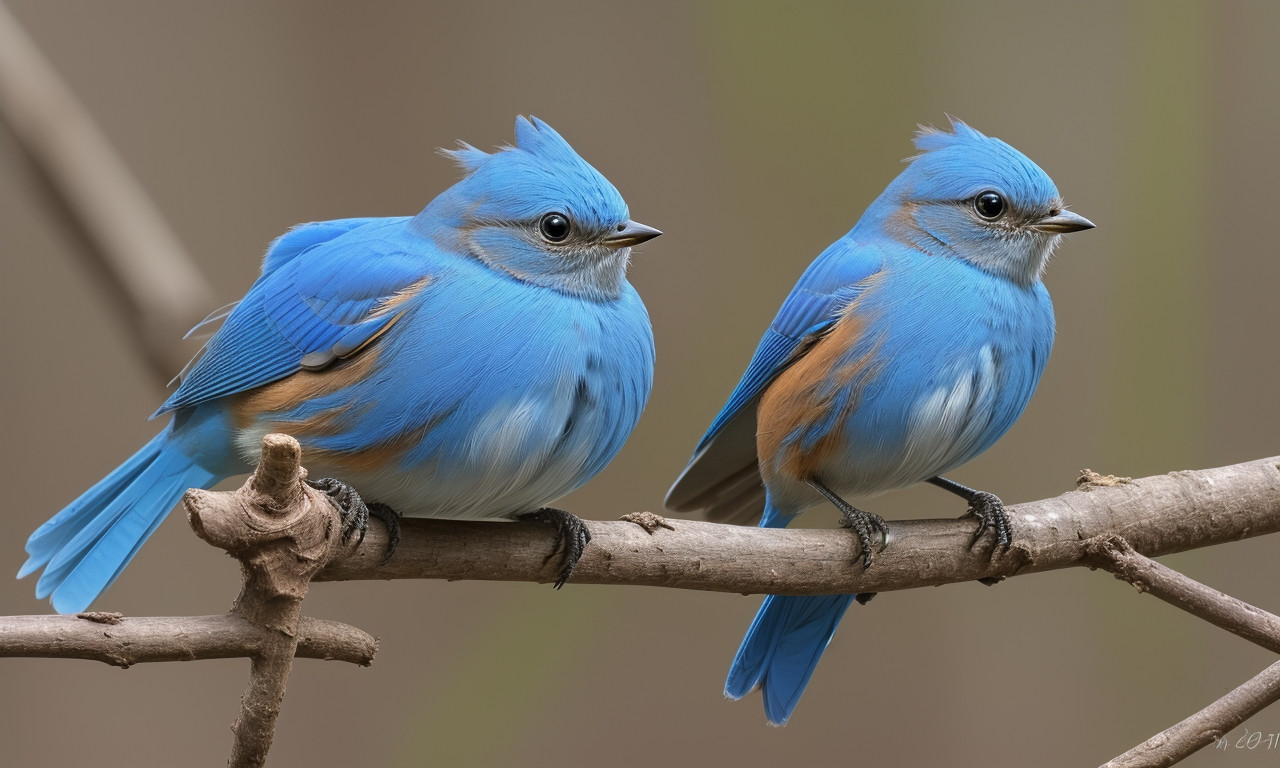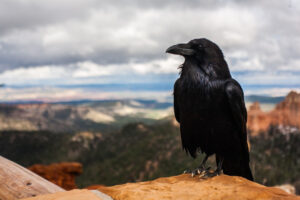Female Bluebird Facts & ID: Spotting Male vs Female Differences Easily—Dive into the enchanting world of bluebirds with ease! Curious about the subtle yet fascinating differences between male and female bluebirds? You’re in the right place. Uncover jaw-dropping female bluebird facts, learn expert tips for identification, and master the art of differentiating these stunning avian wonders like a pro. Don’t miss out on the secrets to becoming a bluebird spotting expert—this guide is your golden ticket to birdwatching bliss!
How to Identify Female Bluebirds
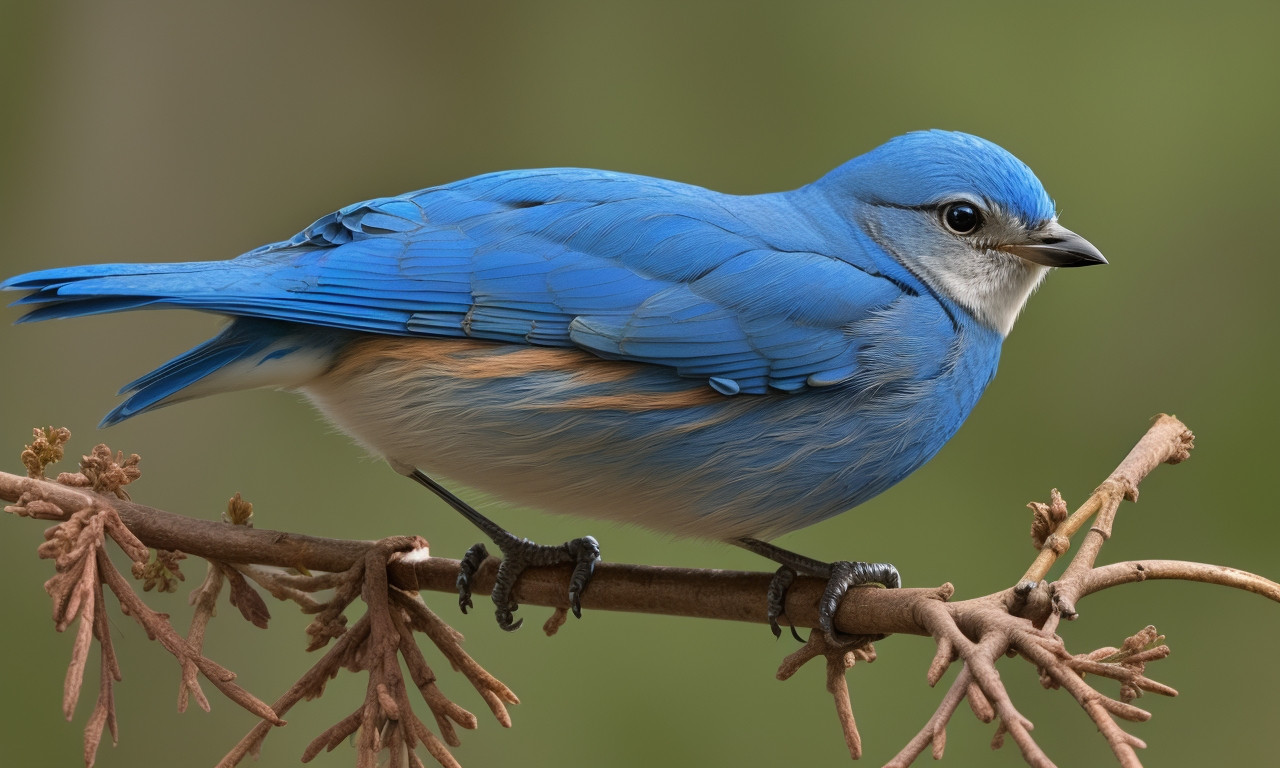
Identifying female bluebirds can be a delightful challenge for any bird enthusiast. Female bluebirds exhibit subtler coloration compared to their male counterparts, who are known for their vibrant blue plumage. Learning how to identify female bluebirds involves paying close attention to their more understated hues and distinct markings. Female bluebirds typically showcase softer blue tones on their wings and tail, with a blend of grayish-brown on their backs and heads. Their chests are generally a warm, muted orange, giving them a more blended and camouflaged appearance compared to males.
To effectively spot the differences between male and female bluebirds, observe their behavioral patterns. Females are often busier during the nesting season, meticulously building and maintaining nests, which can be a useful behavioral cue. By understanding these unique characteristics, you become adept at distinguishing the subtle beauty of female bluebirds in the wild.
When seeking to master how to identify female bluebirds, remember that lighting and environment can influence their appearance. Early morning and late afternoon light can offer the best opportunities for clear observation. Equipped with these insights, birdwatchers can enhance their birding adventures by accurately identifying and appreciating the distinct features of female bluebirds.
Call
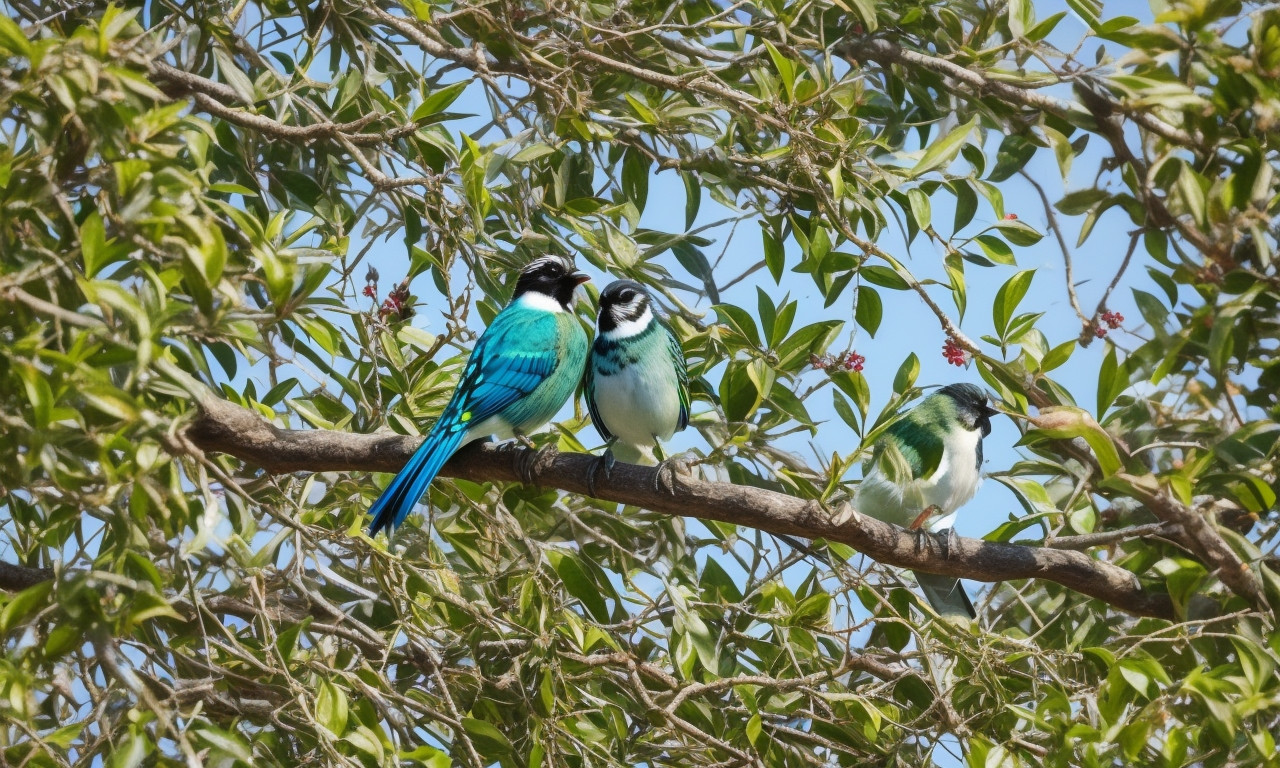
Spotting the differences between male and female bluebirds can be a delightful and educational experience for bird enthusiasts. One key aspect to consider is their call, which can be quite distinctive. While both sexes produce vocalizations, there are subtle variations that can aid in identification.
The male bluebird typically has a call that is melodious, with a rich, warbling quality. These calls are often used to establish territory and attract a mate. In contrast, the female bluebird’s call tends to be softer and slightly more muted. While similar in tone, the female’s vocalizations are generally quieter and more varied in pitch, often used for communicating with their offspring and signaling alarm about potential threats.
In addition to vocal distinctions, plumage is a reliable indicator. Males boast vibrant blue feathers on their back and wings, complemented by a rusty-red chest. Females, however, exhibit more subdued hues of blue-gray with a softer, lighter chest, making them less conspicuous.
Observing these characteristics allows bird watchers to confidently identify whether they are seeing a male or female bluebird. By paying careful attention to the calls and plumage patterns, enthusiasts can deepen their understanding and appreciation of these beautiful birds.
Relations
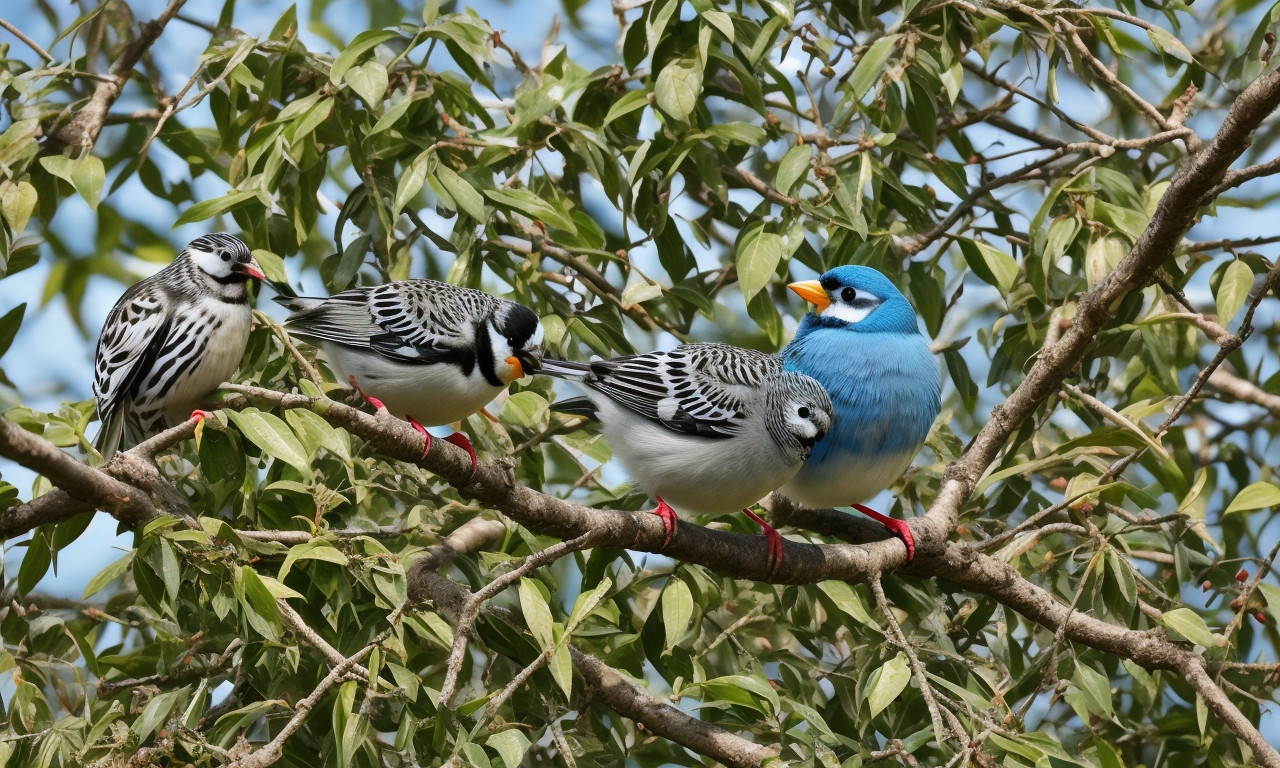
Female bluebirds, particularly the Eastern Bluebird, exhibit fascinating characteristics that make them distinguishable from their male counterparts. Female bluebirds typically have a more subdued coloration compared to the vibrant, royal blue of the males. Their upper parts are a softer shade of blue, often appearing grayish, while their underparts are tinged with light orange and white. These differences in plumage play a crucial role in understanding bluebird relations and social dynamics.
Male bluebirds flaunt their colorful feathers during mating season to attract females, showcasing a direct correlation between plumage intensity and mating success. In contrast, the more muted colors of the females may aid in camouflage while nesting, providing protection against predators. Observing these distinctions in color and behavior reveals deeper insights into bluebird relations and breeding habits.
Furthermore, the vocalizations between males and females differ slightly, with males typically producing louder and longer songs to declare territory and attract mates. Meanwhile, females may use softer calls to communicate within their established family unit. By studying these behavioral and physical traits, bird enthusiasts can easily spot differences and understand the intricate relations within bluebird populations, enhancing our appreciation and conservation efforts for these delightful birds.
What Do They Eat?
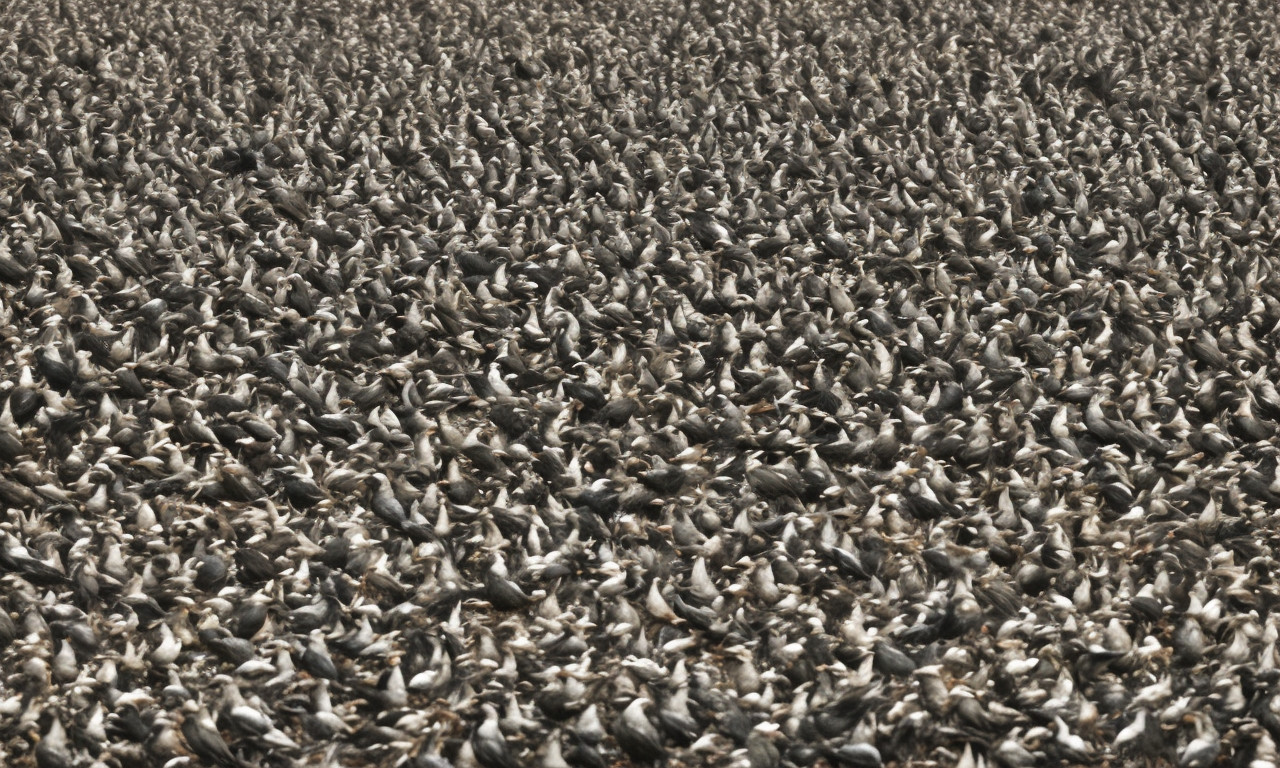
Female bluebirds are beautiful and fascinating creatures that exhibit distinct differences from their male counterparts. Identifying these lovely birds becomes easier when you pay attention to certain characteristics. Female bluebirds typically display more subdued, softer plumage compared to the vibrant blues and rich accents found on males. The female’s plumage consists of grayish-blue back feathers, lighter underparts, and somewhat muted wing colors and tail.
Understanding their diet provides insight into their behaviors and habitats. "What do they eat?" you might wonder. Female bluebirds enjoy a diverse diet consisting mainly of insects and berries. Their preferred insects include beetles, grasshoppers, and caterpillars, which they skillfully catch using swift, agile movements. In cooler seasons or when insects are less abundant, berries become a crucial food source. Various types of berried bushes and trees, like dogwood, sumac, and elderberry, attract these delightful birds.
In your quest to observe female bluebirds, remember their nesting habits. They commonly select tree cavities or nest boxes for their homes, where they lay pale blue or white eggs. By recognizing the soft coloration, observing their dietary preferences, and knowing their nesting tendencies, you’ll easily spot and enjoy these remarkable female bluebirds during your bird-watching adventures.
Lifecycle of a Female Bluebird
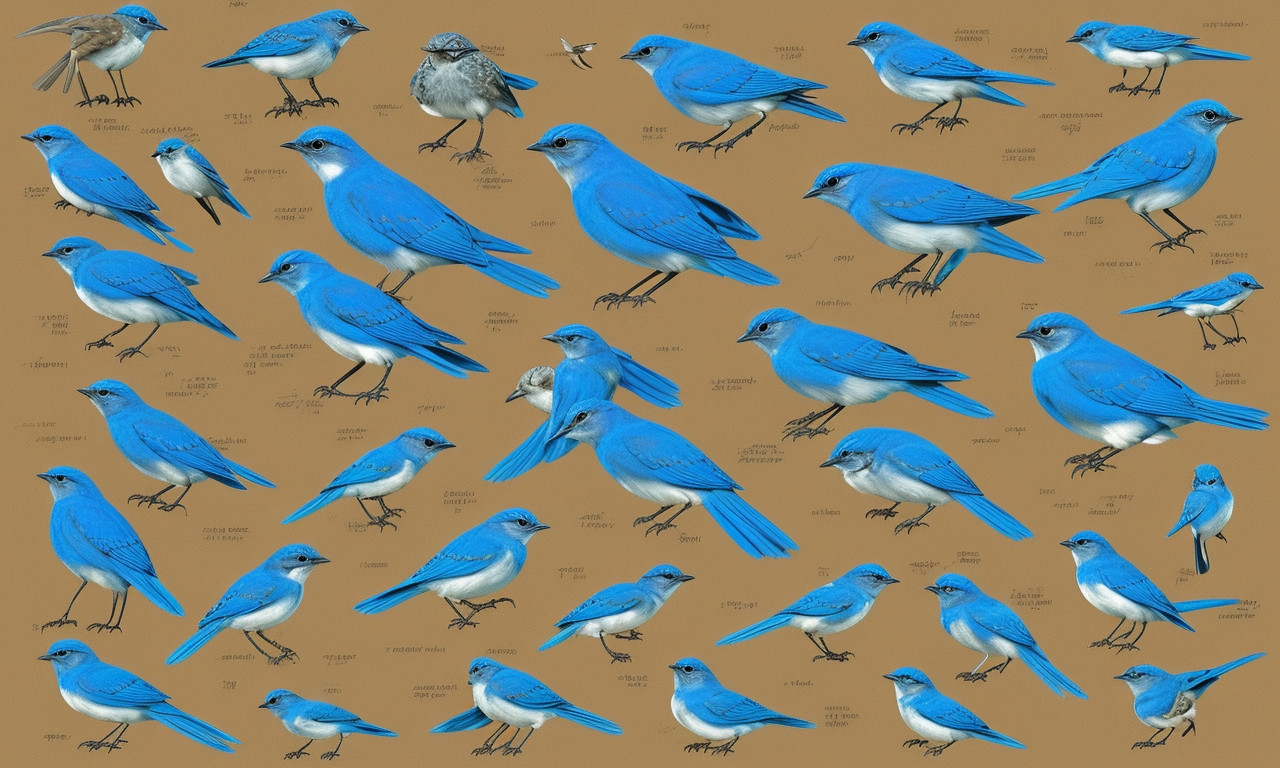
Female bluebirds are fascinating creatures, notable for their subtle yet distinctive differences from their male counterparts. One primary way to distinguish between them is by their more subdued coloration; female bluebirds generally exhibit softer blues and grays compared to the vibrant, bold blue of males. This dimorphism aids in identifying them, especially during the breeding season.
Delving into the lifecycle of a female bluebird, it’s essential to understand their journey from hatchling to adult. Female bluebirds typically emerge from eggs laid in meticulously built nests, often situated in tree cavities or man-made nest boxes. During the fledgling stage, the birds develop their initial muted feathers, which gradually transform into the more refined plumage of adulthood. As adults, females are deeply involved in nest building and caring for their young, ensuring a safe environment for the next generation.
In addition to physical attributes, behavior plays a significant role in differentiating between genders. Female bluebirds are primarily responsible for incubating eggs and often display nurturing behaviors more prominently. Observers can spot these behaviors and physical traits through patience and a keen eye, offering a rewarding identification experience. The lifecycle of a female bluebird is intricate and vital, showcasing the remarkable roles these birds play in their ecosystems.
FAQ

Female bluebirds are a fascinating subject for bird enthusiasts and nature lovers. Distinguished from their male counterparts through subtle differences, female bluebirds possess unique traits that are intriguing to learn about. The female bluebird displays a more subdued coloration than the bright blue males. Their plumage is a mix of blue hues and grayish-brown, making them slightly more challenging to spot.
An FAQ about spotting these differences often includes questions about their distinctive markings. Female bluebirds typically have a paler chestnut color on their breasts compared to the males’ vibrant rust, and their wings exhibit less iridescence. Another common FAQ involves their behavior; females are more frequently seen engaging in nest-building and nurturing activities, as opposed to the often territorial males.
Observing these nuanced differences in the field can greatly enhance the bird-watching experience. By paying close attention to coloration, behavior, and size, identifying female bluebirds becomes simpler and more rewarding. For those curious about developing their bird identification skills, referring to an FAQ section in birding guides or websites can provide valuable tips and insights into noticing these slight yet significant distinctions. Whether you’re a casual observer or an avid birder, understanding these facts about female bluebirds enhances the appreciation of these beautiful creatures.
How can you tell a male bluebird from a female?
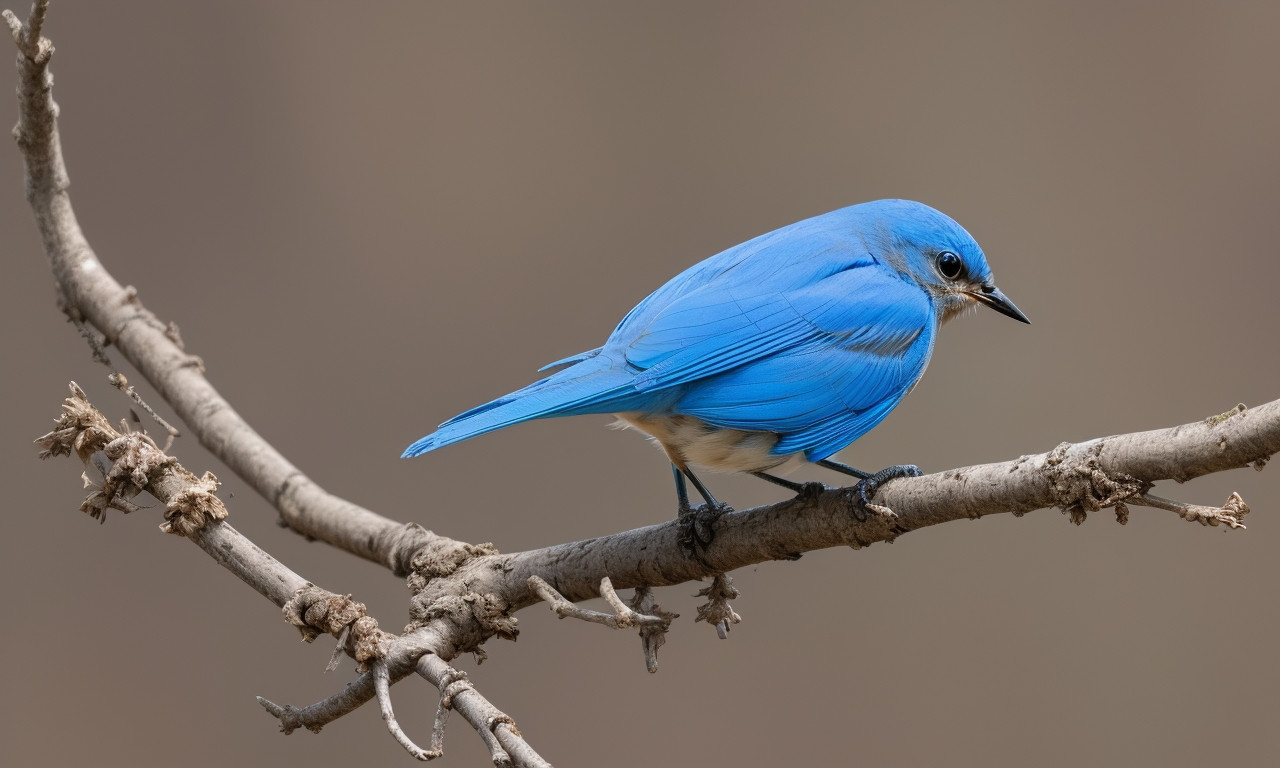
Spotting the differences between male and female bluebirds can be quite fascinating for bird enthusiasts. How can you tell a male bluebird from a female? By carefully observing their physical features and behavior, you can make an accurate identification. Male bluebirds are often adorned with vibrant, striking blue plumage on their upper parts, along with a rich, rusty red or orange color on their throats and chests. These bright colors make males easily recognizable, especially during mating season when they’re most vivid.
Female bluebirds, on the other hand, have subtler coloring. Their plumage tends to be a muted blue on their wings and tails, with a more subdued grayish or beige tone on their chests and throats. This softer coloration helps female bluebirds blend into their surroundings, providing them with better camouflage from predators while they nest and rear their young.
Behavioral differences also offer clues. Males are typically more visible and vocal; during courting, they display vigorous singing and aerial displays to attract females. Females may appear more reserved and are often seen inspecting potential nesting sites meticulously. By understanding these visual and behavioral characteristics, bird watchers can more easily differentiate between male and female bluebirds in the wild.
What color is a female bluebird?
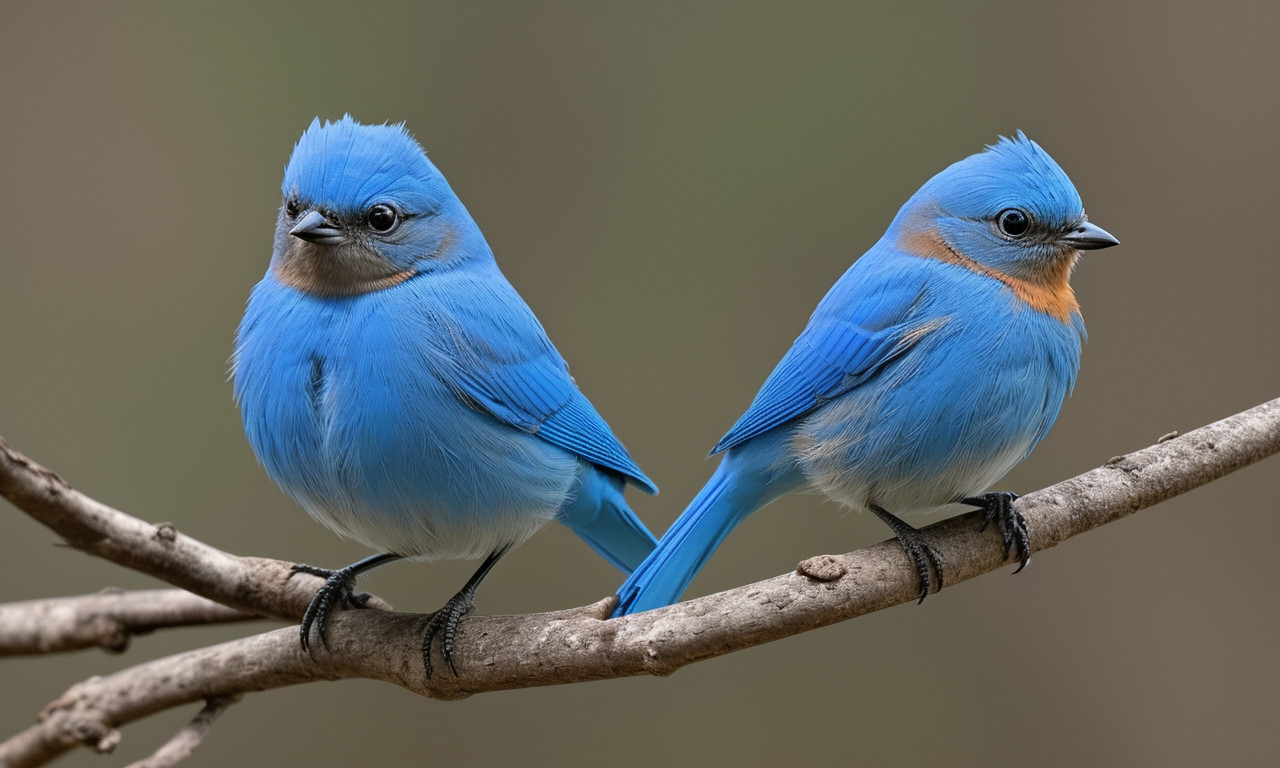
Spotting the differences between male and female bluebirds is integral for bird enthusiasts and ornithologists alike. Among the three main species of bluebirds in North America—Eastern, Western, and Mountain—each showcases subtle distinctions between male and female appearances. If you’re wondering, “What color is a female bluebird?”, it’s important to note that female bluebirds generally exhibit more muted hues compared to their vibrant male counterparts.
Female Eastern Bluebirds have a soft bluish-gray back with a brownish throat and chest, contrasting with the bright blue and deep reddish-orange seen in males. Similarly, female Western Bluebirds display a more subdued color palette, with grayish blue wings and a paler belly, while males flaunt striking blue feathers and a rich orange-red chest. Female Mountain Bluebirds, perhaps the most understated, present with mostly grey bodies tinged with blue on their wings and tails, whereas males are vivid sky-blue all over.
Knowing these details makes it easier to identify which bluebird you’re observing. These softer, earth-toned colors in females effectively assist in camouflage, safeguarding their nests and young from predators. When identifying bluebirds, remember the key question: “What color is a female bluebird?” Their more subtle, natural hues will guide you to the correct identification.
Do bluebirds mate for life?
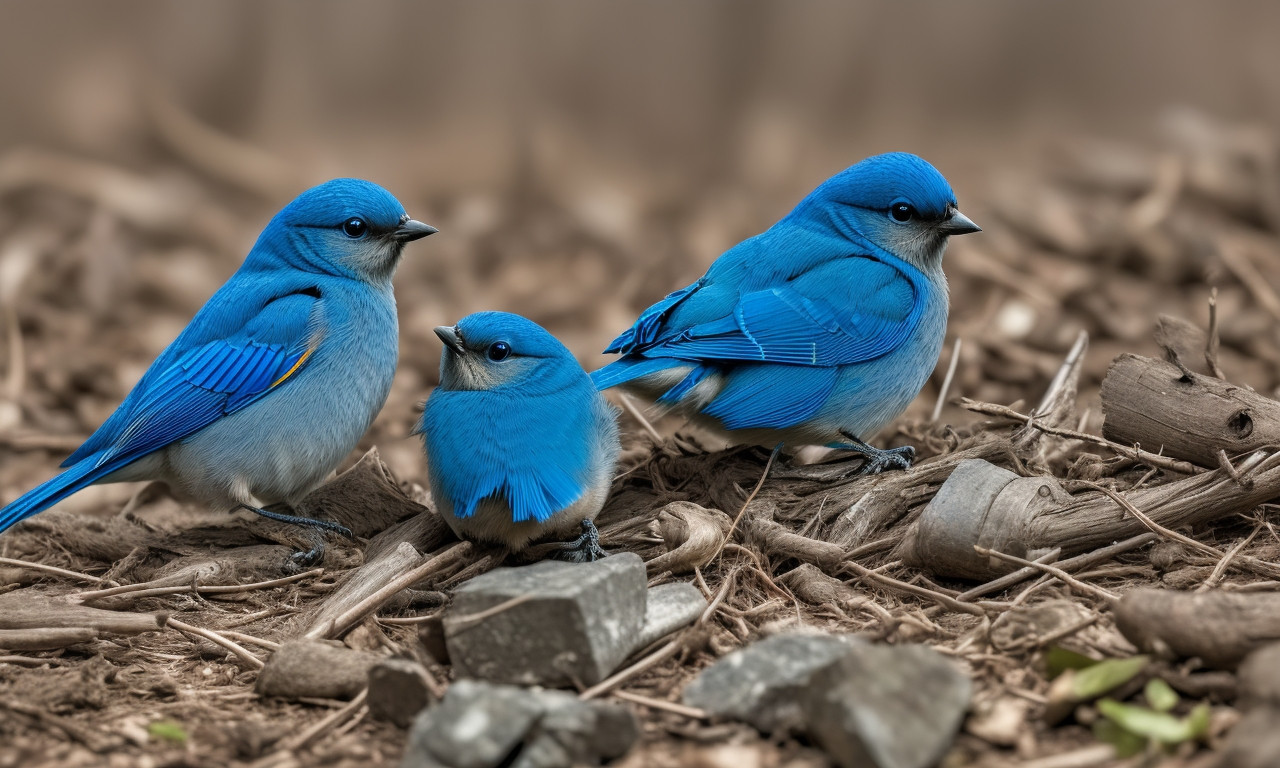
Female bluebirds, known for their vibrant presence and vital roles in the ecosystem, display distinctive features that help differentiate them from their male counterparts. While both genders help in raising their young, contrasting plumage marks the key visual difference. Female bluebirds tend to have a softer, more muted blue hue on their wings and back, often pairing with grayish-brown underparts. In contrast, males are adorned with a vivid blue coloration throughout their bodies and striking orange throats and chests.
These beautiful birds are often observed engaging in intricate behaviors, particularly during the mating season. A common question that arises is, "Do bluebirds mate for life?" Indeed, bluebirds are known for their strong pair bonds, often returning to the same mate year after year, although they do not always mate for life in a strict sense. Such enduring relationships enhance their ability to successfully rear multiple broods throughout their lifespan.
Identifying and understanding female bluebird facts not only enriches your bird-watching experience but also contributes to conservation efforts. Their unique attributes and devoted pair bonds reflect the intricate dynamics of avian life, offering invaluable insights into the natural world. As you watch these charming creatures, remember their subtle yet essential differences that continue to captivate and educate bird enthusiasts everywhere.

